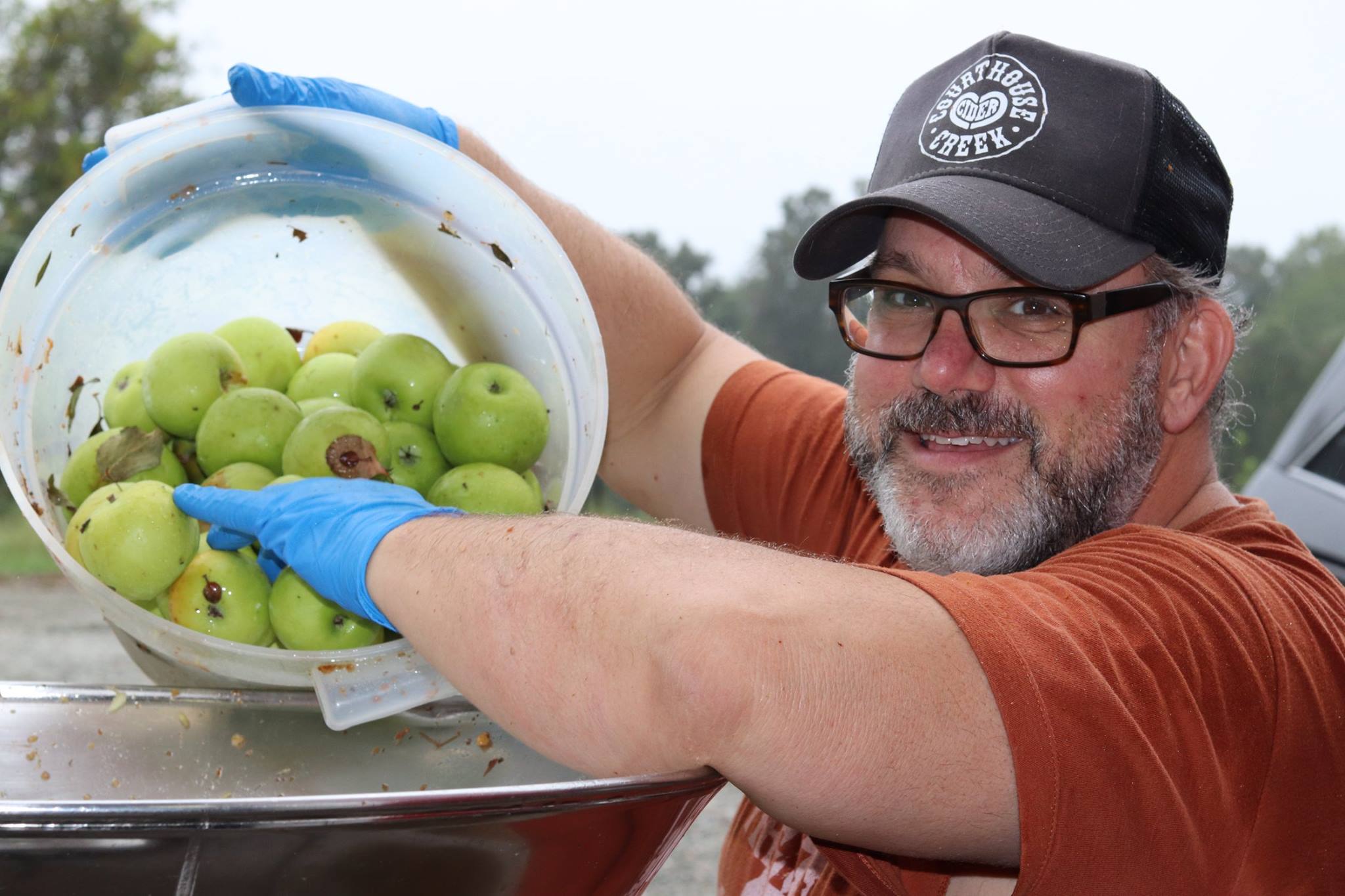The Straight Dope on Residual Sugar (“RS”)
Understanding the types of cider now available can be confusing. The name, itself, is misunderstood in the United States. I grew up in New England, where “cider” meant non-alcoholic, unfiltered apple juice that you got from an orchard during the fall. “Hard cider” was a drink for adults. But then along came the Great Cider Revival in the United States—which is still unfolding as I type these words. Now, when we use the term “cider,” we mean hard cider, not apple juice. Okay, now that we’ve explained this, let’s talk about a term you may hear thrown around in tasting rooms—residual sugar (“RS”). Huh?
To understand RS, you need to understand what it means when someone says a wine is dry. Side note/news flash—cider is wine. Yes. It is. Every cidery in the country is licensed as a winery. Making cider is identical to making wine using grapes. The process is identical; all you’re doing is using apple juice instead of grape juice. So, when we hear someone say, “Gee, your cider tastes like wine,” we say, “Thanks! It is wine!” Okay, back to understanding the term, “dry.” Here’s the deal: you start off with apple juice, which is full of natural sugars. Yeast feeds on this sugar. When it does, one of the things it produces is alcohol. If you follow a natural method (like we do), you don’t add preservatives or other chemicals to stop this process, you don’t filter the fermentation, you don’t pasteurize it—you just let the fermentation go. The result? If all goes right, the yeast eats virtually all the sugars in the juice. This is what is meant by the term “dry,” or “finished to dry”—there is little to no sugar left after fermentation. Some ciders, even though dry, have a perception of sweetness—but that’s a story for another day.
That little to no sugar left over after fermentation is RS—residual sugar. Residual means something that remains after other things have been subtracted; what is left behind. Generally, if you let fermentation go without messing with it, there is virtually no RS—we are talking like .3% or less. Because we produce cider by the natural method, our ciders are typically dry (very little to no RS).
So, how do producers make cider that has noticeable RS content? How can a cider finish fermentation with 1% or more RS? Well, the producer will have to halt fermentation somehow so that there is noticeable sweetness (RS) left behind. This means they pasteurize (cook) the cider, add preservatives, excessively filter it, or a combination of adulterations, etc.—stuff we just won’t do. Taste matters to us, and messing around with nature, in our opinion, messes around with taste.
There is another way to make cider that contains some sweetness (aka, making an“off-dry” cider, or “semi-sweet” cider): add sugar back to a cider and then do something to prevent the yeast from eating it. But this is not RS! If a producer adds back sugar, this is not the same as RS. Remember, RS is sugar that is already in the apple juice, naturally. Added sugar is, literally, sugar added after fermentation to “back sweeten” it (get it? Add sugar back into the cider). So, when you see “RS” or “Residual Sugar” on a label, you may want to ask the producer if it is really RS, or sugar added to back sweeten the cider. And, if there is noticeable RS, what did they do to your innocent, defenseless cider to stop nature in its tracks so that the yeast couldn’t finish its meal! So rude!



